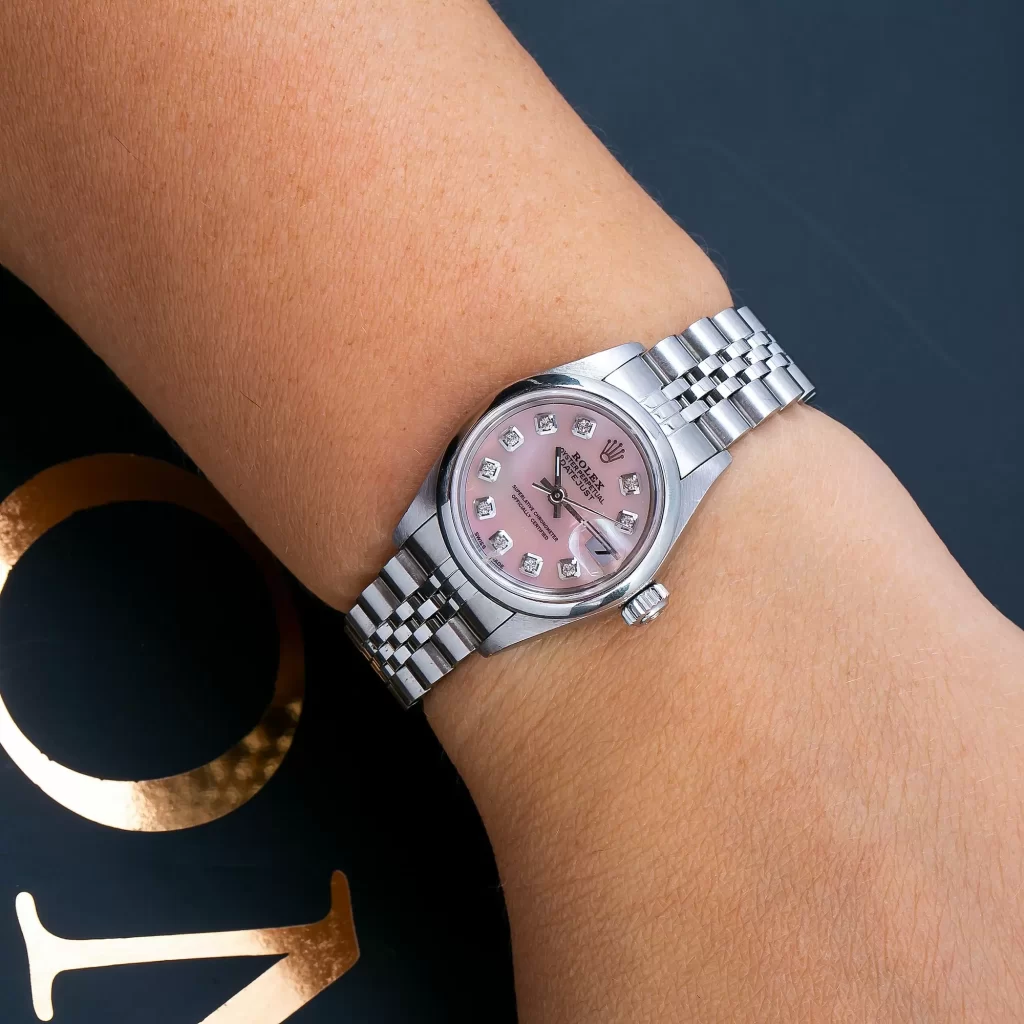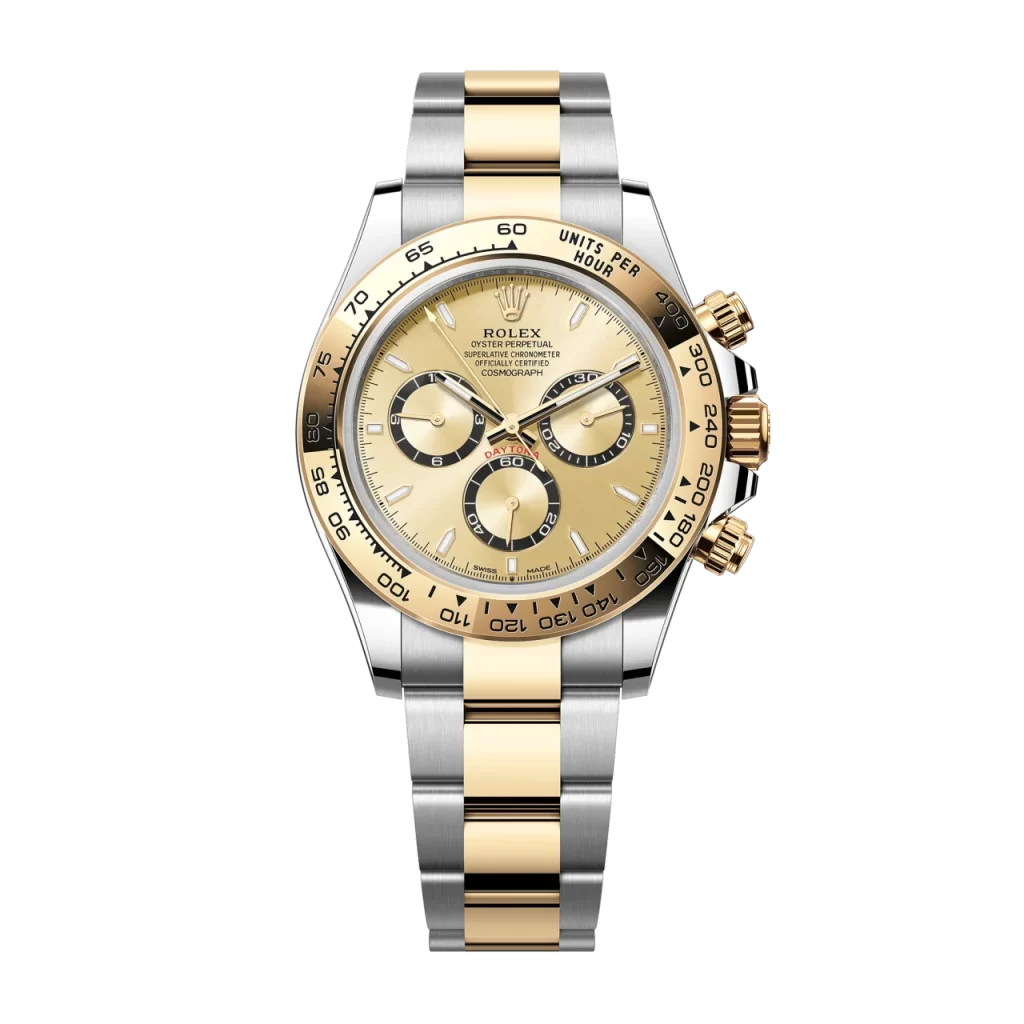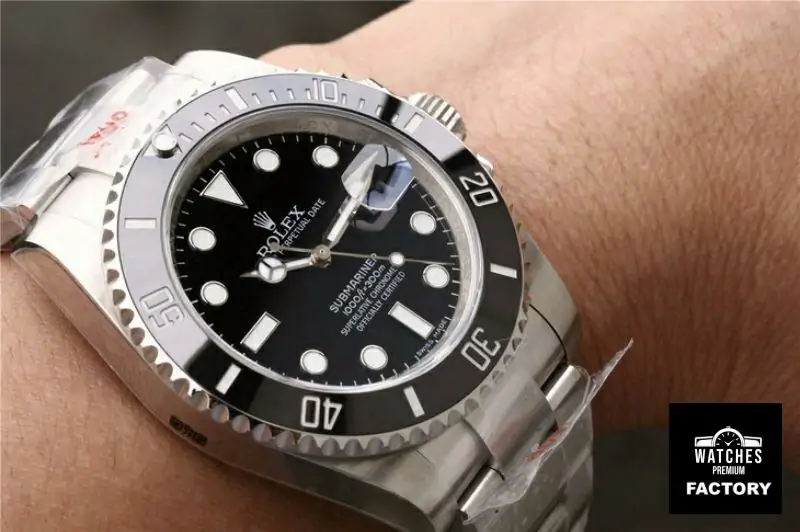Rolex’s announcement on August 24th about acquiring Bucherer sent shockwaves through the watch industry, primarily because it came with Rolex’s characteristic lack of hints, warnings, or fanfare.

A simple, straightforward email from clone Rolex‘s Geneva headquarters conveyed the news in a typically unembellished manner: just the facts, no fuss.
The email arrived at 4:25 PM UK time, leaving barely an hour for colleagues to discuss the news before heading home. Trying to explain the monumental nature of this move to family and friends was an exercise in futility.
“Will Rolex continue making watches?” Yes. “Will they still be nearly impossible to buy?” Yes. “Will the ‘Exhibition Only’ models still be available at numerous high-street outlets?” Yes. The common reaction to my ‘biggest story in a decade’ was a resounding, “Meh!”
In hindsight, perhaps that reaction is warranted. Becoming a retailer might simply be the next — possibly final — step in the vertical integration process that began in the 1990s and 2000s under CEO Patrick Heiniger, who consolidated Rolex’s operations from 27 sites into four state-of-the-art facilities.
During Heiniger’s tenure, Rolex embarked on an investment program to rationalize its supplier network and bring production in-house, all within Switzerland. This move led to significant cost efficiencies and played a crucial role in enhancing the quality of modern Rolex watches.
Rolex’s acquisition spree included buying case makers Genex and bracelet makers Gay Frères in 1998, followed by dial maker Beyeler, crown supplier Boninchi, and case and bracelet finishers Virex et Joli Poli. In 2004, Rolex also acquired a movement maker previously owned by the Borel family.
Sister brand Tudor has mirrored this strategy. A company spokesperson stated at the opening of its Kenissi manufacture that most of its suppliers are based in Le Locle and are now 100% owned by Tudor.
Despite potential domination by replica Rolex and Tudor in the horological world, consumer choice does not seem to have suffered. Today, we have more intriguing watches at various price points than ever before, particularly from independents and microbrands.

The variety of bracelets and dials available is more exciting and accessible now than at any time in the past. The challenge to design new calibres is at its peak in decades.
Moving forward, Rolex’s involvement in frontline retail might simply ensure high standards and encourage others to follow suit.
